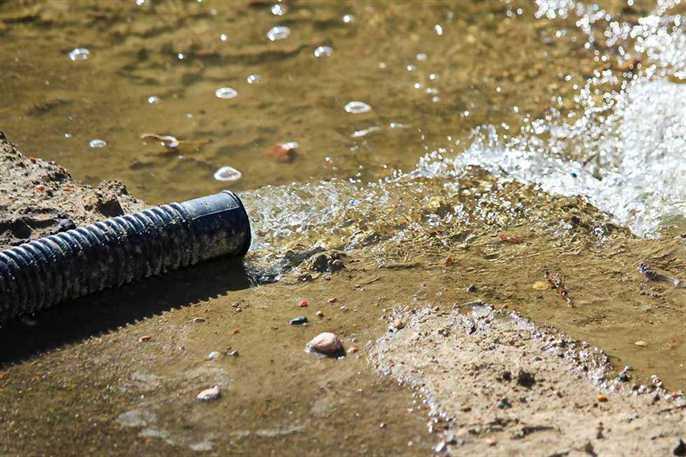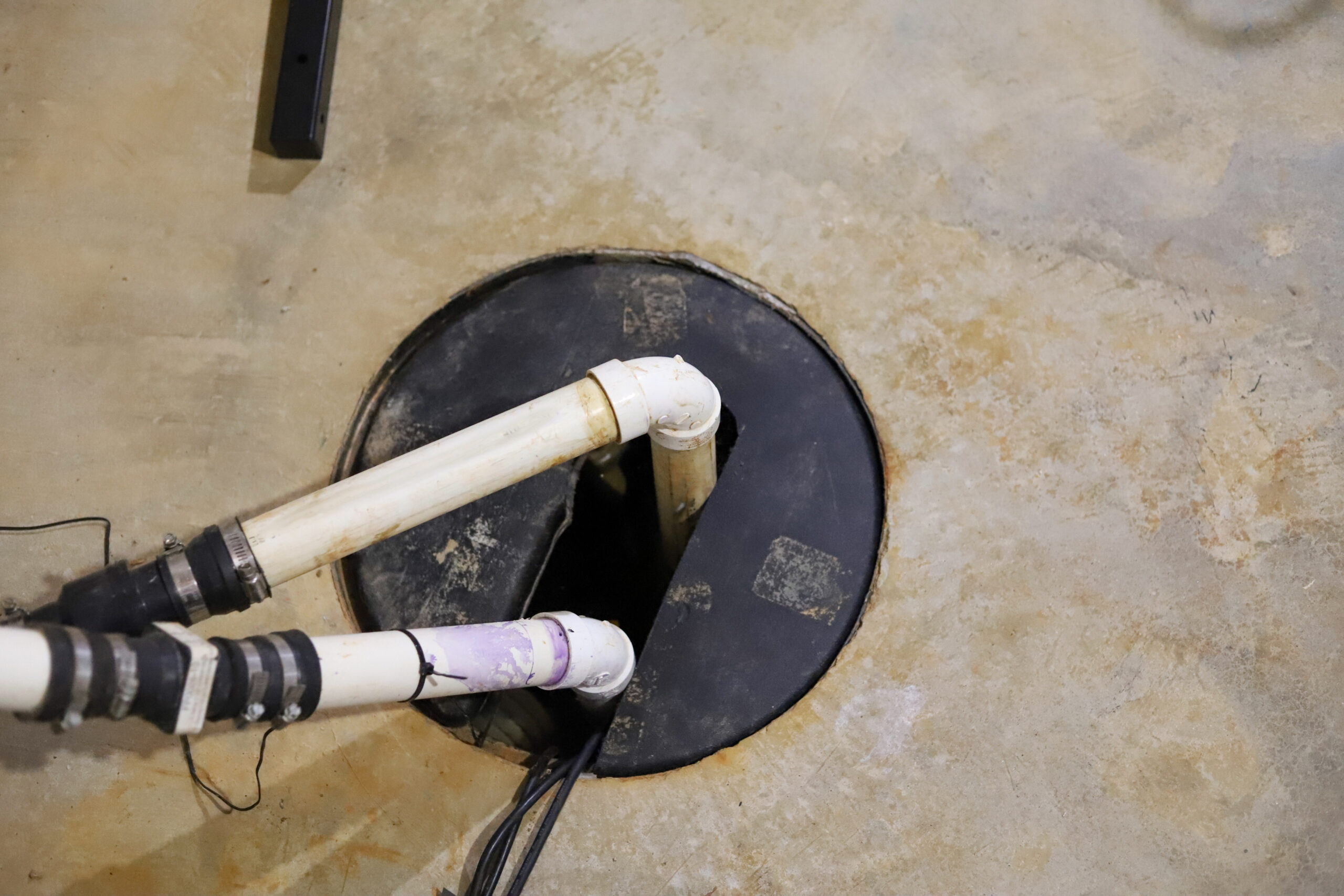How do you actually feel in relation to Steps to Cleaning Your Sump Pump Properly?

Sump pumps are crucial components in several homes, especially in locations vulnerable to flooding or too much moisture. They aid prevent water damages by effectively eliminating excess water from basements or crawl spaces. Nevertheless, like any other device, sump pumps call for routine upkeep to guarantee they operate effectively when needed the most. Cleansing your sump pump is an essential part of its maintenance, and recognizing exactly how to do it effectively can save you from pricey fixings and potential calamities.
Intro
Maintaining a clean sump pump is essential for its correct functioning and durability. Overlooking this crucial task can cause clogs, breakdowns, and eventually, water damage to your building. For that reason, discovering exactly how to cleanse a sump pump is important for homeowners who rely on these tools to maintain their basements completely dry and protected.
Indications of a Dirty Sump Pump
Recognizing when your sump pump requires cleaning is vital for protecting against potential malfunctions. Some typical signs that indicate a dirty sump pump consist of strange noises during operation, reduced water flow, and visible debris in the pit. If you see any one of these signs, it's important to clean your sump pump without delay to avoid any type of additional issues.
Getting ready for Cleaning
Prior to you begin cleaning your sump pump, it's vital to take some safety and security precautions. Start by shutting off the power to the pump to avoid any electrical accidents. Furthermore, put on appropriate protective gear, such as handwear covers and goggles, to safeguard yourself from dirt, debris, and possible pathogens.
Recognizing the Sump Pump
Prior to diving right into the cleaning procedure, it's essential to have a fundamental understanding of just how a sump pump works. Typically mounted in a pit or basin listed below the cellar flooring, a sump pump includes several crucial parts, including a pump, a float button, and a discharge pipeline. When water builds up in the pit, the float button turns on the pump, which after that pumps the water out with the discharge pipeline, away from the structure's foundation.
Detailed Overview to Cleaning Up a Sump Pump
Turning off the Power
Begin by disconnecting the power supply to the sump pump to avoid any kind of crashes while cleaning.
Checking for Appropriate Performance
Prior to reinstalling the pump, carry out a fast test to make certain that the float button turns on the pump correctly. Pour some water into the sump pit and observe the pump's operation. If everything is working properly, you can reconstruct the pump and reconnect the power supply.
Getting Rid Of Particles and Dirt
Make use of a bucket or a scoop to remove any noticeable debris, dust, or sediment from the sump pit. Dispose of the particles correctly to stop it from obstructing the pump or the discharge pipeline.
Cleansing the Pump and Drift Switch Over
As soon as the pit is free from debris, thoroughly get rid of the pump from the pit. Inspect the pump and the float switch for any type of indicators of damages or wear. Utilize a soft brush or towel to clean the surface areas and remove any type of collected grime.
Purging the System
After cleaning the pump and float switch, flush the sump pit with clean water to eliminate any staying dust or sediment. This will aid ensure that the pump runs smoothly and effectively.
Upkeep Tips to Maintain Your Sump Pump Clean
Along with regular cleansing, there are a number of maintenance suggestions you can follow to maintain your sump pump in optimal problem:
Conclusion
Cleaning your sump pump is an essential element of its maintenance and guarantees that it runs effectively when you require it the most. By complying with the steps outlined in this overview and integrating regular maintenance into your routine, you can expand the life expectancy of your sump pump and shield your home from water damages.
6 STEPS ON HOW TO CLEAN A SUMP PUMP PROPERLY
UNDERSTANDING SUMP PUMPS
Your sump pump plays a crucial role in protecting your home by managing and removing excess water. It primarily functions as a “shield”, guarding your basement against the damaging effects of water accumulation. The pump is housed in a sump pit in the lowest part of your basement, and its job is to pump out any water that collects there.
During heavy rainfalls or when snow melts rapidly, water can infiltrate your basement, posing potential risks like flooding, structural damage, and harmful mold growth. Here, the sump pump springs into action, pumping out the intruding water and directing it away from your home.
SAFETY FIRST
Before cleaning, remember to prioritize safety. Disconnect the sump pump from the power source to prevent any accidental electric shocks. Also, wear sturdy gloves to protect your hands from any sharp or dirty components within the pump.
REMOVE THE SUMP PUMP
After ensuring your safety, the next step is to remove the sump pump from its pit. Doing this might require careful maneuvering as you don’t want to damage any pump components. Once removed, clean the sump pit to remove any accumulated debris or sludge.
INSPECT THE PUMP
Inspect the pump for any visible signs of wear or damage. Check the power cord, float switch, and impeller housing. If any components look worn out or damaged, consider replacing them to ensure optimal performance.
CLEAN THE PUMP
Thoroughly clean the pump with warm, soapy water. Make sure to rid it of any dirt, gravel, or other debris that might impede its performance. You can use a toothbrush to clean the small, hard-to-reach parts of the pump.
REINSTALL THE SUMP PUMP
Reinstall the pump into the sump pit Make sure it’s positioned correctly to remove the water effectively Once it’s back in place, reconnect it to the power source TEST THE PUMP
Finally, pour some water into the pit to ensure the pump works correctly. It should start automatically and begin pumping out the water; if it doesn’t, check the power source and the positioning of the pump.
Remember, while cleaning your sump pump is an essential part of home maintenance, hiring a professional plumber for a thorough inspection and cleaning at least once a year is also important. This will ensure that your pump is in optimal condition, ready to protect your home from potential water damage.
BEST PRACTICES FOR CLEANING SUMP PUMP DISCHARGE PIPES
Regular Inspection: Regularly inspect your discharge pipes, especially during heavy rainfall or snowmelt periods. Look for any signs of blockage or damage. Early detection of problems can prevent serious issues down the line. Periodic Cleaning: Over time, sediment and debris can accumulate in the discharge pipes, impeding the flow of water. Regular cleaning helps keep the pipes clear and functioning efficiently. You can use a high-pressure water jet to effectively clean the pipes. Insulation During Winter: In colder climates, discharge pipes can freeze, blocking the outflow of water. Protect your discharge pipes from freezing temperatures by insulating them with foam pipe insulation. This will ensure the sump pump can continue to discharge water even in freezing conditions. Proper Positioning: The discharge pipe should be positioned to direct water away from your home’s foundation. Improper positioning can lead to water seeping back into the basement. Ensure the pipe is long enough and angled correctly. Installation of a Check Valve: A check valve prevents water from flowing back into your sump pit after the pump has pushed it out. Installing a check valve helps maintain the efficiency of your sump pump and reduces the risk of flooding. Minimize Pipe Turns: Every curve or turn in the discharge pipe can decrease the efficiency of water flow. By minimizing turns and bends in your discharge pipe, you can increase the efficiency of your sump pump. https://www.fullspeedplumbing.com/how-to-clean-a-sump-pump-properly9999/

As an avid person who reads about Steps to Cleaning Your Sump Pump Properly, I figured sharing that piece was a good idea. Do you know about someone else who is enthusiastic about the topic? Be sure promote it. Many thanks for your time invested reading it.
Call Today